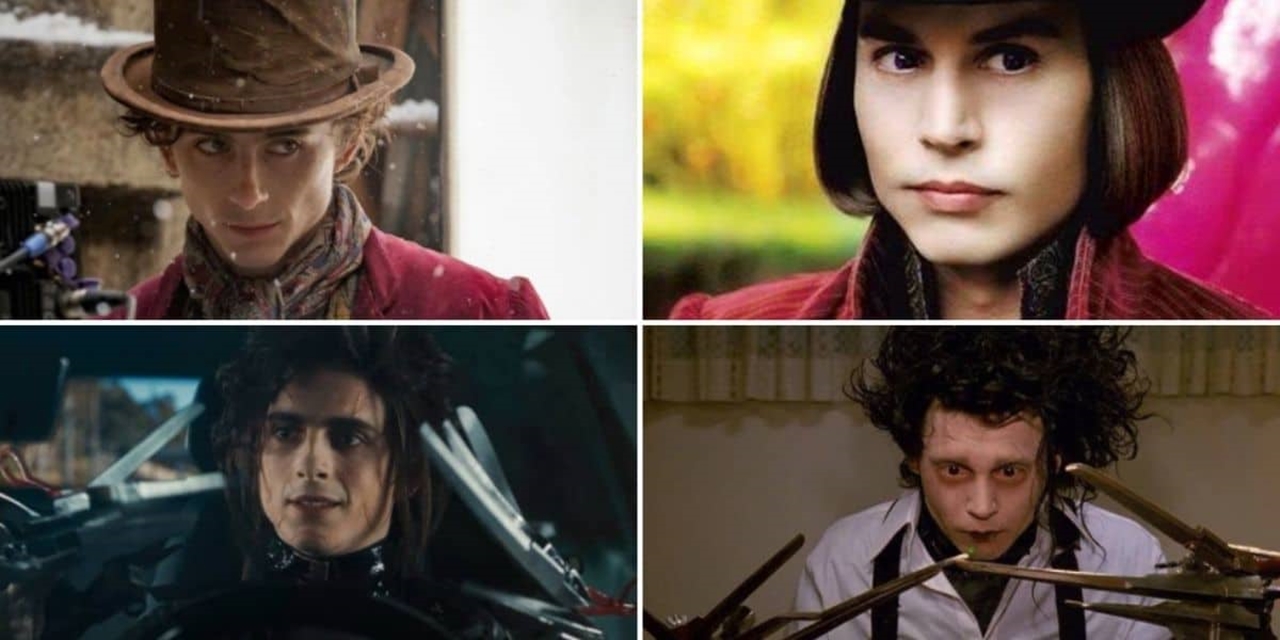The claim that individuals have romantic feelings for people who look like their parents is rooted in Sigmund Freud’s theory of the Oedipus complex. According to Freud’s theory, boys sexually desire their mothers and have feelings of jealousy and anger towards their father of the same sex. In fact, this situation is like a rivalry between the boy and his father in order to have his mother.
A similar theory is the Electra complex put forward by Carl Gustav Jung. Young girls were attracted to their fathers, according to Jung. However, these two theories are questioning the validity It can be said that it is beneficial.
Peoples, are attracted to partners who resemble their parents We will discuss whether it is really possible to generalize in the direction of different studies. Because in such a situation, we cannot ignore the fact that there may be other factors that cause this issue. Come on, let’s discuss this together.
There may be biological and psychological factors behind the attraction to parent-like partners.
st. Andrews University According to a research conducted; It has been found that men are generally interested in partners who are similar to their mothers when choosing a mate. Again, the same research; she says women like men with faces like their fathers.
Researchers show participants photos of men and women for a second and, without telling the participants, a photoshopped photo of the opposite sex It also adds to the photos shown. In other words, the male participants of the female participants and the female versions of the male participants. On top of that, the participants find the altered photos of themselves attractive, and the researchers say that this is because the participants remember their mother or father. However, the researchers explained the reason for this situation by showing the behavioral characteristics of the participants in their infancy. their own state, physical and behavioral image of their parents explains it by analogy.
The theory of sexual stigma and the person’s resemblance to the physical characteristics of the partner can be effective in people’s preference for spouses who resemble their parents.

Considering that 50 percent of the genetic inheritance is inherited from the mother and 50 percent from the father, we can say that various traits such as eye and hair color are inherited from their parents. Researchers expressed that people might like something they are familiar with more. ‘exposure effect’ with explained. For example, someone who looks like a person’s own face may seem more sympathetic to the person, but of course, you should know that this person is not necessarily one of the parents.
Psychologist John Gottman argues that besides hormonal characteristics in mate selection, sexual stigma theory It also mentions different factors. According to this theory, an individual is in an intense need for love at the age of 18 months and can be psychologically conditioned at that age to be interested in a different person who is similar to his own parent. In other words, just as an individual at an early age receives (or is deprived of) love, security and closeness from one of the parents, he can be conditioned accordingly in choosing a partner in his later years.
We should not forget the effect of social factors in the selection of a spouse similar to the parent.
According to studies, not only physical and behavioral characteristics, but also partner’s level of education, worldview, social environment, values, beliefs and lifestyle If they are likened to one of the parents, this can also be effective in choosing a partner.
An example of this is Johnny Depp’s daughter, Lily-Rose Depp.

Lily-Rose Depp was with Timothée Chalamet, known for her resemblance to Johnny Depp. Moreover, it is known that Chalamet will revive a character previously played by Johnny Depp in his new movie. In short, as mentioned above, in partner selection parent’s social status It is also possible to be attracted to similar partners.
Resources: 12
